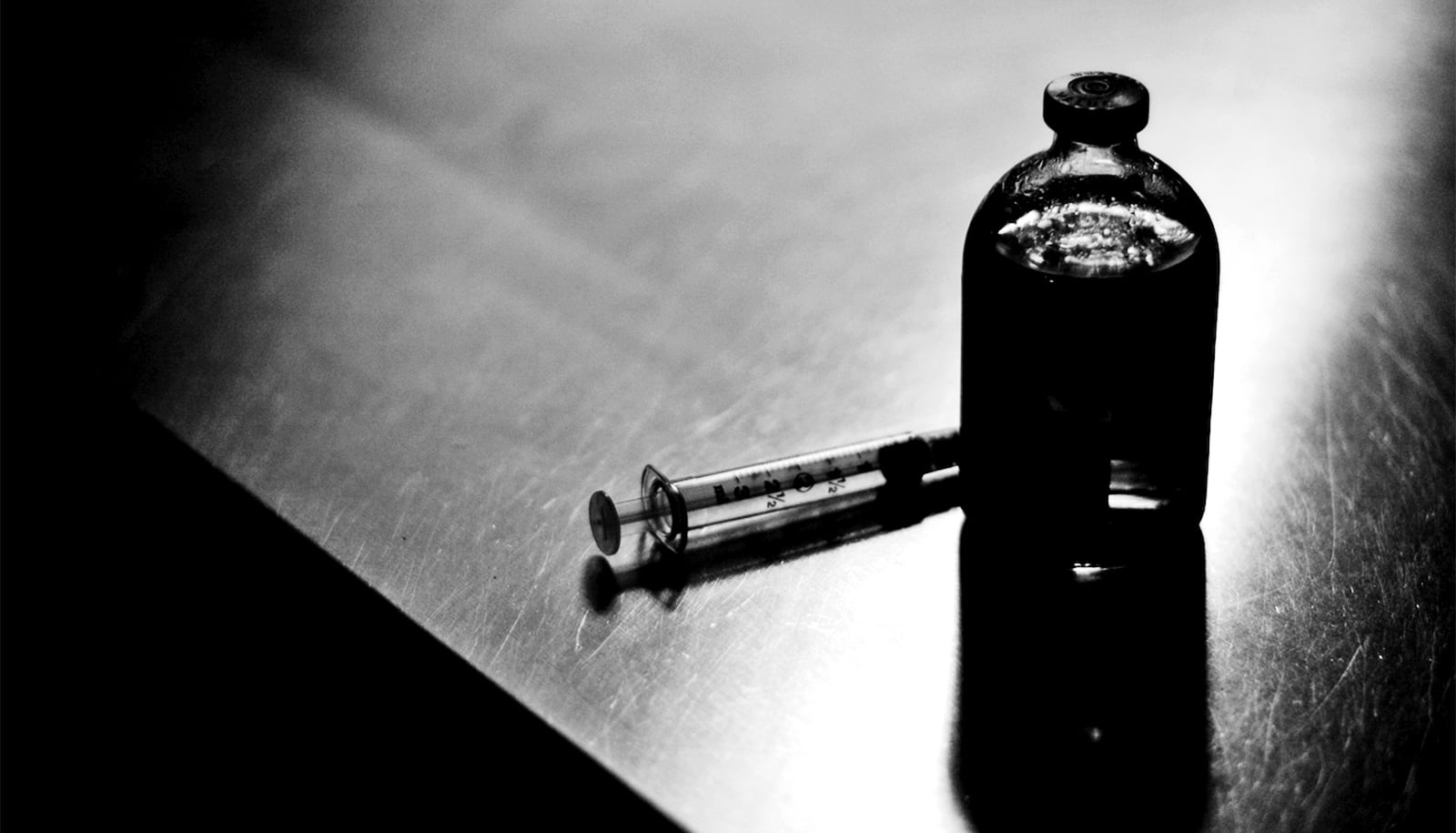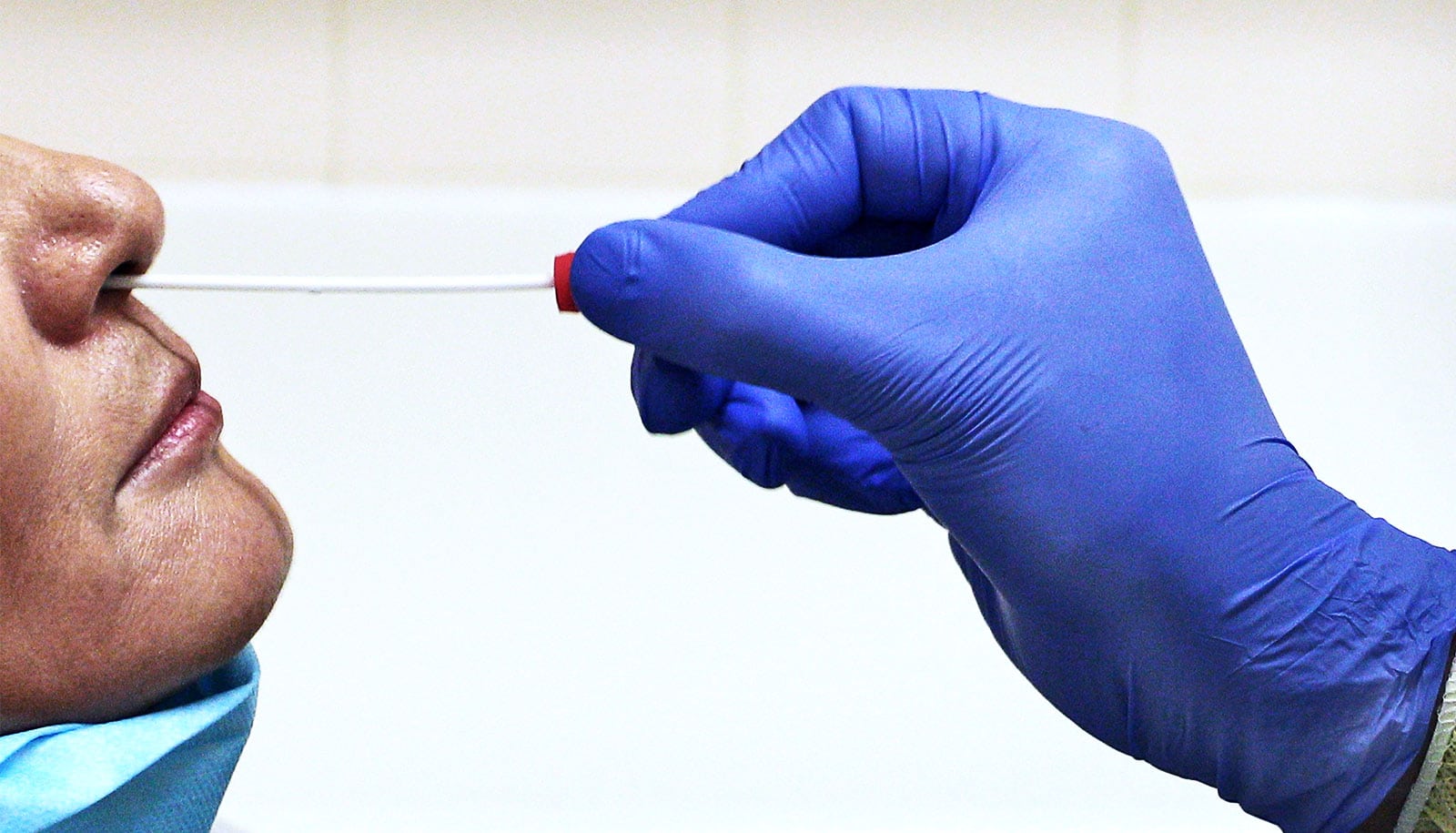The COVID-19 vaccine is on track to become the fastest-developed vaccine in history, but that doesn’t mean critical steps are being skipped, Ruth Karron argues.
Ruth Karron, who leads the Center for Immunization Research at the Johns Hopkins Bloomberg School of Public Health, is one of the top vaccine experts in the world, serving on vaccine committees for the US Centers for Disease Control and Prevention, the World Health Organization, and the US Food and Drug Administration.
Here, she explains where things stand in the development of a COVID-19 vaccine and how that process will unfold in the months ahead:
How close are we to a vaccine?
There are some very encouraging developments. We have a few vaccines now that will go into Phase 3 clinical trials, also known as efficacy trials. That means that those vaccines have passed certain goalposts in terms of initial evaluations of safety and immune response such that they can be evaluated in larger trials.
We know that these vaccines are promising, but we don’t yet know if they are going to work. That’s what the purpose of an efficacy trial is—as well as to provide a broader assessment of safety of the vaccine in a large number of people.
What do these efficacy trials entail?
They involve large numbers of people: In these particular trials for COVID vaccines, there are going to be about 30,000 people enrolled per trial. Individuals are given a vaccine, and then they are followed both to make sure that the side effects from the vaccine are acceptable and to see whether they develop a SARS-CoV-2 infection along with some symptoms.
These are placebo-controlled trials, meaning that some individuals will get a COVID vaccine and some will get a placebo. Then the rates of disease will be compared in the people who got placebo and the people who got the vaccine to determine the efficacy of the vaccine.
How successful does a vaccine have to be in one of these studies for it to be considered effective?
The FDA recently issued guidance to vaccine manufacturers about the development of COVID vaccines stating that a vaccine would need to be at least 50% effective. This means that an individual who was vaccinated would be 50% less likely to get COVID disease—or whatever the particular endpoint is that’s measured in the trial—than individuals that weren’t vaccinated.
This is a reasonable goal for a number of reasons. Typically, the more severe a disease is, the better chance a vaccine has of preventing that disease. So a vaccine that’s 50% effective against mild COVID disease—which might be the endpoint that’s measured in a clinical trial, or any evidence of COVID infection with any symptom, which is how a lot of trials are designed—might be more effective against severe disease.
When you have a disease that’s as prevalent as COVID—and if we think about what the US has experienced in the past several months in terms of severe disease and death—even if we were only able to cut those numbers in half, that would be a major achievement.
How long would a vaccine be effective for? If you get 50% effectiveness or more, that’s good news. But if it’s only effective for a few months, that’s not such good news.
Time will tell—the short answer is that we don’t yet know. We haven’t yet had the opportunity to follow individuals for very long—the very first people who got the very first vaccine were immunized in March and it’s only July. So we don’t know very much about the durability of the immune response in people.
Our hope would be [that protection would last] at least a year or more, and then people might need boosters.
It’s also possible that a vaccine might not entirely protect against mild disease. So you might actually experience mild disease and then have a boost in your immune response and not suffer severe disease. From a public health perspective, that would be completely acceptable. If we turned a severe disease not into “no disease” but into mild disease, that would be a real victory.
Let’s talk about safety. What are they looking for in a 30,000-person study to figure out whether a vaccine is considered safe enough to use?
Every person who is enrolled in the trial will complete information about the kinds of acute symptoms that you might expect following an infection. People will need to provide information about swelling, redness, tenderness around the injection site, fever, and any other symptoms they might experience in the three to seven days following vaccination.
More long term, people will be looking to make sure that when COVID disease is experienced, there’s not any evidence of more severe disease with vaccination, which is known as disease enhancement.
There was a lot of discussion as these vaccines were being developed of a concern about disease enhancement. This is based on some animal models—not with SARS-CoV-2, but with other coronaviruses. We haven’t seen any evidence of enhanced disease thus far and there are a number of scientific reasons why we don’t think it should occur with these vaccines. But, of course, it’s something we would still watch for very carefully just as with any other safety signal.
How should we think about the possibility of adverse effects that might come up after the period of the vaccine trial?
There are a couple of things to mention about that, and one is that individuals with these trials will be followed for a year or longer. It may be that a vaccine is either approved for emergency use or licensed before all of that long-term follow up is completed. Nevertheless, companies will be obligated to complete that follow up and report those results back to the FDA.
It’s important to enroll older adults in these studies. All of these large efficacy trials will be stratified so there will be some younger adults and some older adults enrolled.
In addition, it’s very likely—and this would not just happen with COVID vaccines, but whenever the FDA licenses vaccines—that there is an obligation for post-licensure assessments. If a COVID vaccine is licensed, the companies will work with the FDA to determine exactly what kind of post-licensure safety assessments will need to be done.
COVID affects certain populations more than others—particularly older adults and people with chronic illnesses. What do these studies need [in order] to address the question of whether a vaccine will be protective for them?
I think it will be important to enroll older adults across an age span. A 65-year-old is not the same as an 85-year-old. Also, a healthy older adult is not the same as a frail older adult who might be living in a care facility.
We’ll need some information about diverse elderly populations in order to think about how to allocate vaccines. There may also be other alternatives for older adults if they don’t respond well to vaccines. There’s a lot of work going on on development of monoclonal antibodies as an alternative for groups that don’t respond well to vaccines such as elderly, frail adults.
How should we think about the need for racial and ethnic diversity in these clinical trials?
It’s critically important that we have racial and ethnic diversity.
We know that COVID causes increased rates of severe disease in Latinx and Black populations and in Native American populations. We will certainly want to be able to offer these COVID vaccines to these high-risk populations and encourage their use. But we need to know how well these vaccines work in these populations—if different vaccines work differently—so that we can offer the most effective vaccines.
It would not be an understatement to say that there can be a measure of distrust from some communities that have experienced discrimination from the health care system. How does that play into vaccine research?
It’s really important to engage those communities in a number of ways. One way is to engage local leaders early in the process. Lay leaders and leaders of faith communities can have focus groups to find out what their concerns are and how those can be allayed.
I think a very important issue that has been raised by some people who might potentially volunteer for some of these trials has to do with eventual access. People want to have some sense that if they participate in a trial, not only might they have access to the vaccine at the end of that trial, but their families and their communities would, too. Ensuring access among these high risk and vulnerable communities is really critical.
A clear policy decision to make sure that a vaccine is widely available without charge might actually help with the studies to prove whether or not that vaccine is safe and effective?
That’s absolutely the case. It’s great that you brought up the “without charge” piece, too, because a vaccine that’s made available but costs something to the individual may not be used. Particularly for people who don’t have health insurance or people who are undocumented. It has to be broadly and freely available.
Let’s talk about other specific populations. One of those is pregnant women. We know that they can certainly get COVID-19 and that there are some signs that they can have a more severe course. How do you think about the issue of pregnant women in vaccine studies?
I’ve done some work in this area—particularly with Ruth Faden and Carleigh Krubiner in the Berman Institute of Bioethics—specifically related to ensuring that pregnant women are considered and included in vaccine development and implementation for vaccines against epidemic and pandemic diseases.
When thinking about trials, there needs to be a justification for excluding pregnant women from trials rather than a justification for including them. The justification often is—and certainly is the case with these early COVID vaccines—that we don’t know enough yet about the vaccine or the vaccine platform or the safety of the vaccine to do a study in pregnant people.
With the mRNA vaccine, for example, [the type of vaccine being considered for COVID-19] we don’t currently have a licensed mRNA vaccine. It’s a new platform and we’re just learning about the safety of that platform so it wouldn’t have been appropriate to include pregnant women in the early stage trials.
But these 30,000-person studies are going to be really big studies. They will certainly enroll people of child-bearing potential. And even though there’s what we call an exclusion criterion—women are not supposed to be pregnant at the time they are enrolled, and usually women of child-bearing potential will take a pregnancy test prior to enrollment and immunization—we know from previous experience that it’s quite likely that some women will become pregnant in the months immediately following immunization. It happens quite frequently. So, it’s important for companies and the government to anticipate that this will be the case and to think about how they will systematically collect data from women who do become pregnant during these trials.
It’s not that the data needs to be interpreted cautiously—because pregnant women aren’t being formally randomized and we don’t have that kind of trial design—but there are things that could be learned and it’s important to think now about how to collect those data. It’s also important to think about how pregnant women could be directly included in both trials and deployment later down the road.
What about young children who are less likely to get severe disease? Would your approach to clinical trials be different?
Yes. I think we need to learn a bit more about the epidemiology in children. Fortunately, children don’t seem to suffer from acute COVID disease at the rates that adults do. But we need to learn more about that and we also need to learn from our trials in adults before we make decisions about how and whether children will be included in vaccine trials.
Once we have a vaccine that has made it through these various stages and we’re ready to start immunizing people outside of a pure clinical trial, how close are we to really getting the benefit of the vaccine? How does all the work it takes to develop a vaccine compare to what comes next?
The best vaccine in the world won’t work if it isn’t used. Use has two parts to it: One is availability and access, and the other part is acceptance.
We need to think about what kind of infrastructure we should be planning now for what we’re going to need to deliver this vaccine. We’ll set priorities; certainly not everyone is going to get a vaccine all at once. But certainly, over time we will expect that all adults will receive the vaccine and perhaps children. So we’ll need to have systems in place that can deliver the vaccine. At the same time, we need to make sure that the vaccine is acceptable. We need to communicate the importance of vaccination to the public and address their concerns so that we can not only be able to deliver vaccines, but have those be accepted by the public.
So there’s a lot of work to be done. But this isn’t science fiction: We are really on a path to a vaccine for a brand new infectious disease.
Yes. If you think back to the fact that in January, we barely knew what this virus was, and here we are, seven months later, embarking on efficacy trials, it’s really a remarkable accomplishment. We have a lot to do yet, but in the time that we’re assessing the efficacy of these vaccines and making sure that they can be delivered to the public, people really need to stay safe and do all the things we’ve been encouraging them to do all along.
But we are well on our way to developing vaccines not only for people in the U.S., but for people all over the world.
Source: Johns Hopkins University



